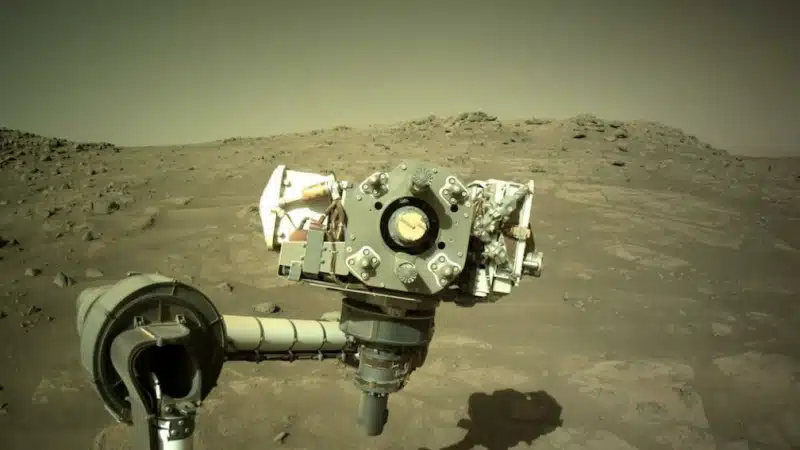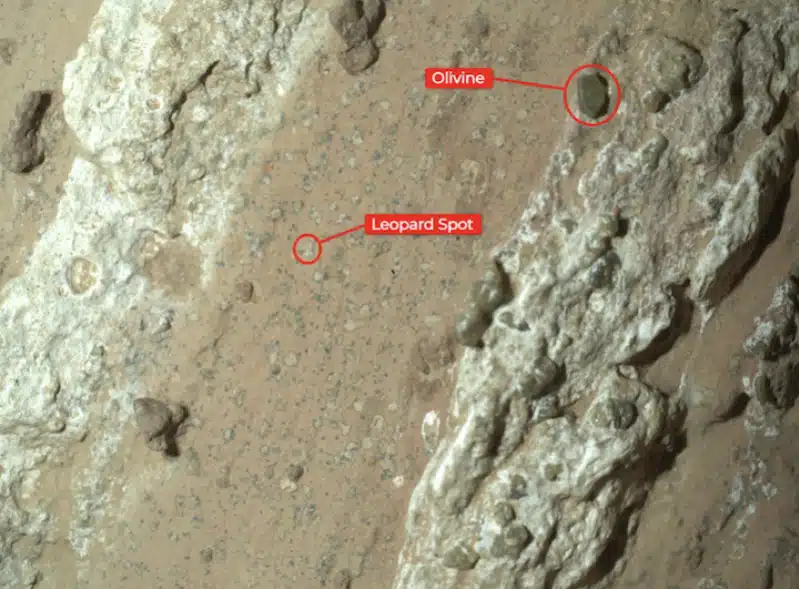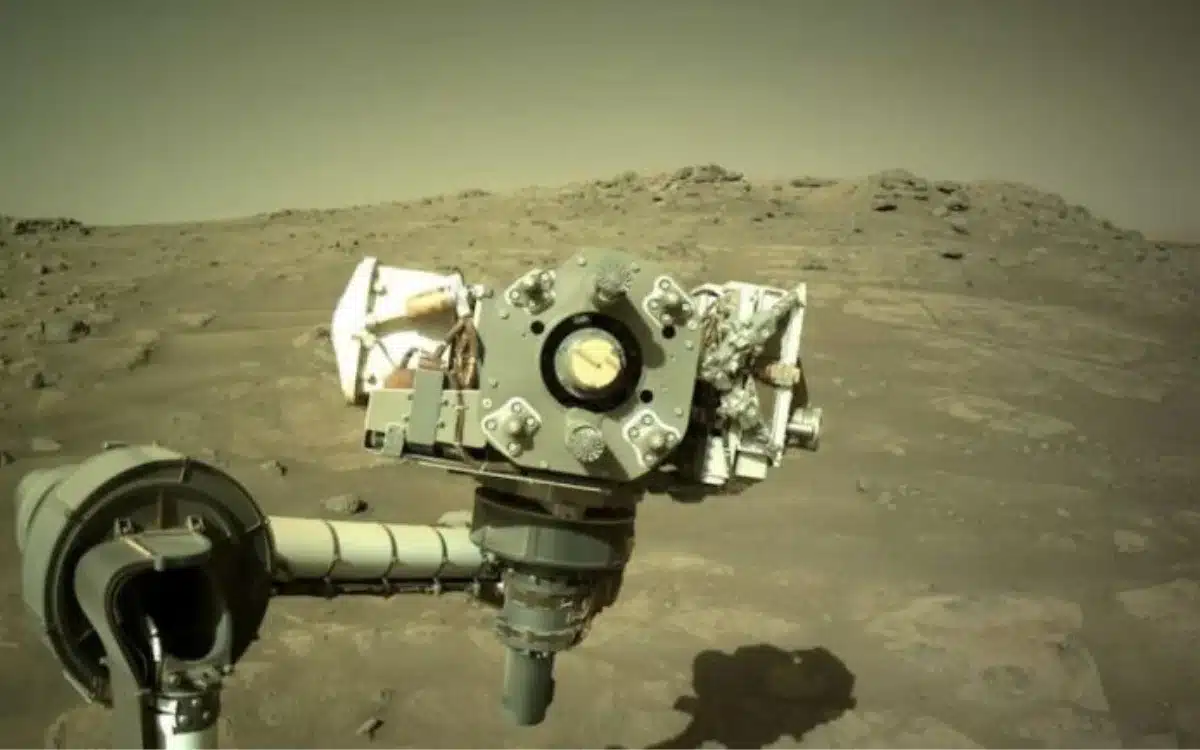NASA Rover finds ‘mind bending’ surprise on Mars
- A NASA rover found something ‘mind-bending’ whilst drilling on Mars
- It could point towards answers about the planet’s past
- The discovery has left scientists excited
Published on Aug 06, 2024 at 9:37 PM (UTC+4)
by Ben Thompson
Last updated on Aug 06, 2024 at 9:37 PM (UTC+4)
Edited by
Tom Wood
A NASA Rover has found a ‘mind-bending’ surprise on Mars.
Other words used to describe the discovery include ‘fascinating’, ‘intriguing’ and ‘compelling’.
So what did the Perserverance rover discover?
DISCOVER SBX CARS: The global premium car auction platform powered by Supercar Blondie
What the NASA rover found on Mars
Rovers are frequently deployed onto the planet to get a closer look at the red planet – take the Mars Pathfinder snapping photos for example.
Whilst drilling into a rock, the six-wheeled robot detected organic molecules.

Scientists say this is potential proof of ancient microbial life.
In a statement, NASA said: “The rock exhibits chemical signatures and structures that could possibly have been formed by life billions of years ago when the area being explored by the rover contained running water.”
Much more research is needed to confirm this possibility.
It’s believed that regions of Mars were once plentiful with water in the form of rivers and lakes.
Much like on Earth, it would be in water that primitive life would evolve.
A closer look at the molecules
The Martian structures appear as white splotches surrounded by black halos, which have been nicknamed ‘leopard spots’.

David Flannery, an astrobiologist at Queensland University of Technology and member of the Perseverance team, said: “These spots are a big surprise.
“On Earth, these types of features in rocks are often associated with the fossilized record of microbes living in the subsurface.”
The spots are also seen on Earth formed chemical reactions, which can release iron and phosphate, and supply microbes with energy.
This is promising in the eyes of NASA scientists.
NASA’s Laurie Leshin wrote online: “This is the kind of discovery you hope for — where mind-bending observations make your heart beat just a little faster.”
Rosaly Lopes, a senior research scientist at NASA, said: “This is more than intriguing, it’s really exciting! We must bring that sample to Earth for analysis in our best labs!”
The likelihood of this happening remains in doubt, as NASA’s Mars Sample Return mission would cost $11 billion – a price the agency can’t afford.
Budget issues is just one of the challenges space agencies are up against.
A British astronaut recently opened up about one major hurdle that the mission to Mars faces, and it’s one many people would overlook.





